Description
Native to the prairies of North America, the aromatic leaves of bee balm have long been used by Native Americans as a spicy garnish or as a herbal tea to ward off winter colds.
As the name suggests, bee balm is very popular with bees and other pollinating insects. It is a member of the mint family and contains many of the same essential oils (and flavours) as oregano and thyme, which gives it a characteristic sharp and spicy bite.
Also known as ‘wild bergamot’ – not to be confused with the citrus fruit ‘bergamot’ that is used to make bergamot essential oil and flavour earl grey tea – Monarda fistulosa has evolved into many different varieties. We grow a lavender-coloured variety that does very well in the UK climate (or at least it does in our Somerset climate). It is easy to grow and a valuable herb to add to a herbal tea or use in the kitchen.


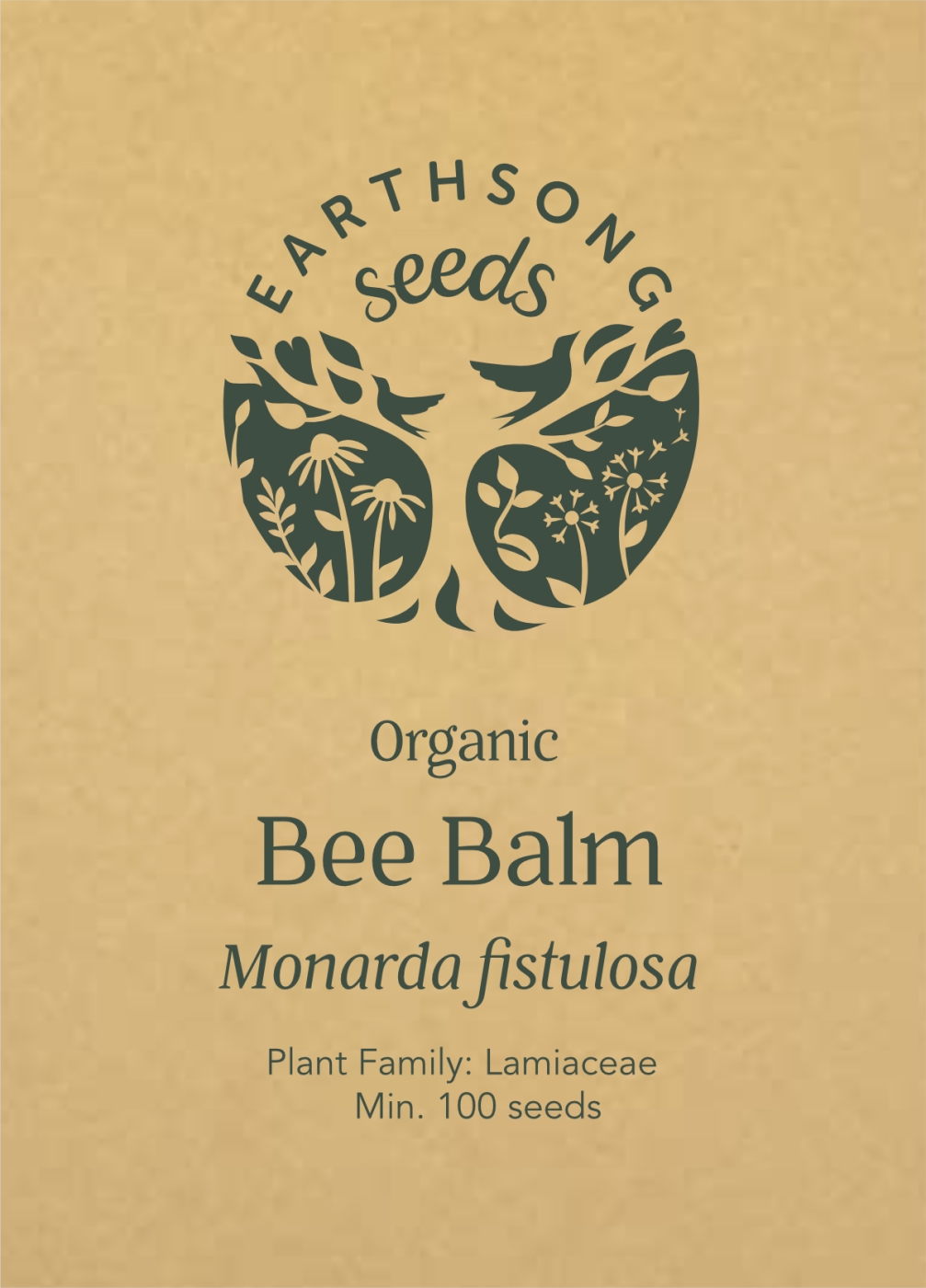
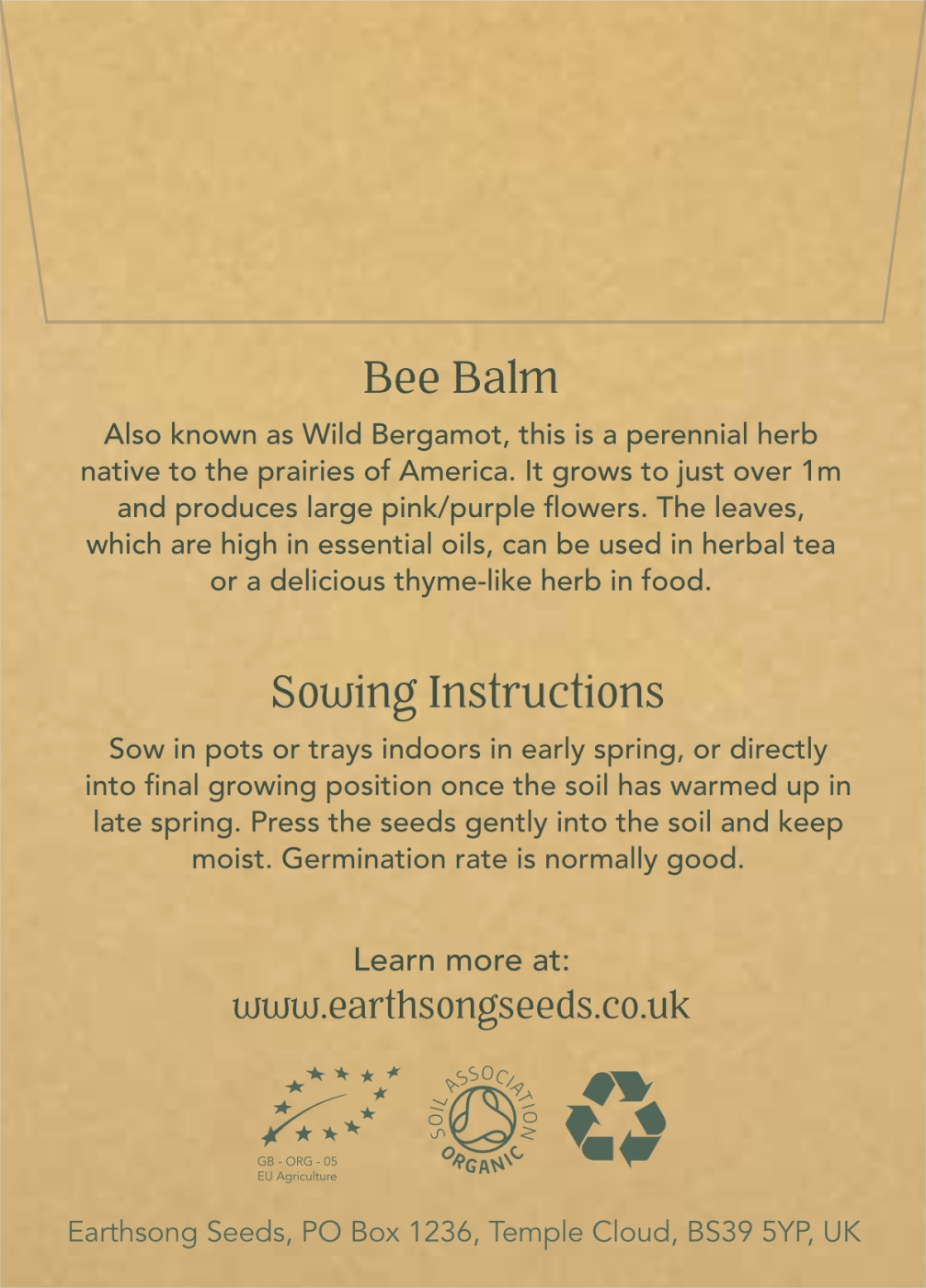
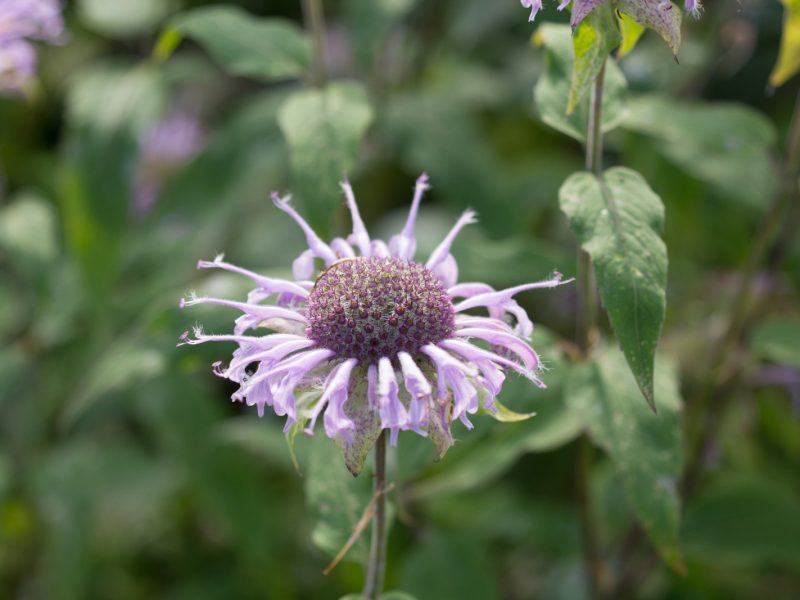
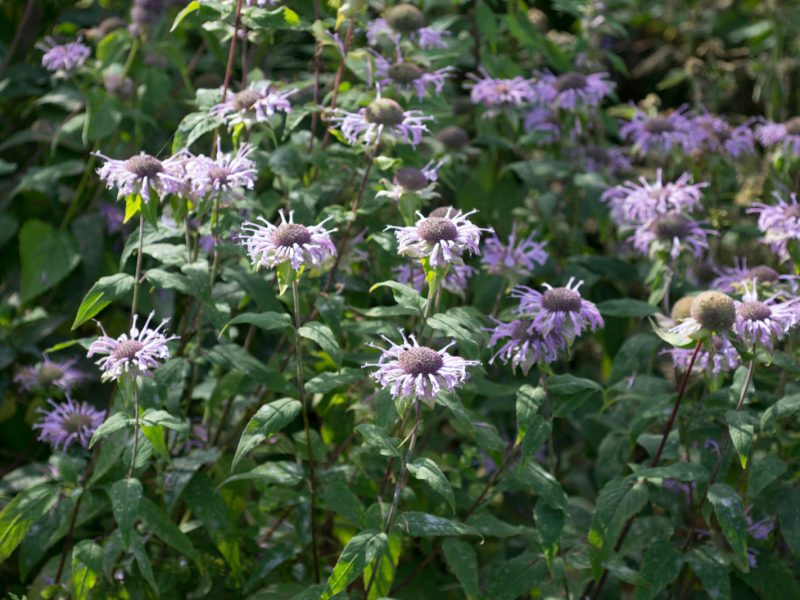
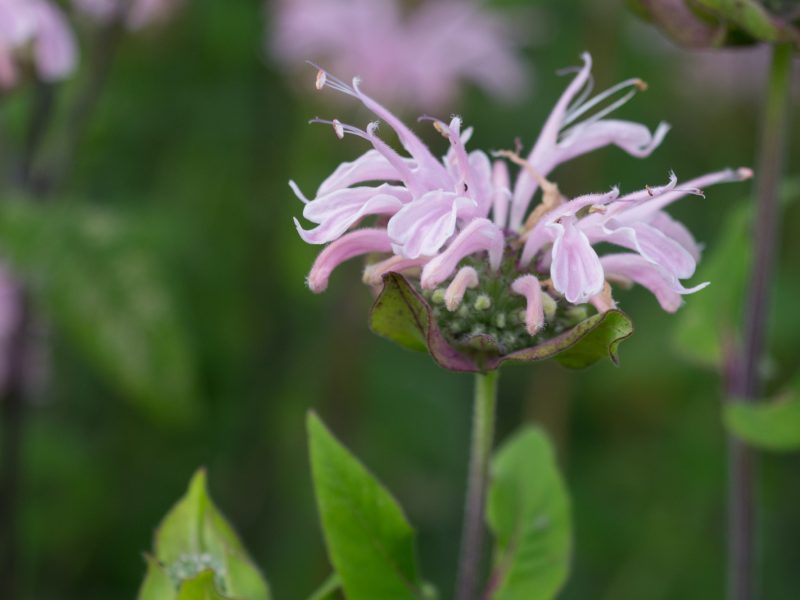
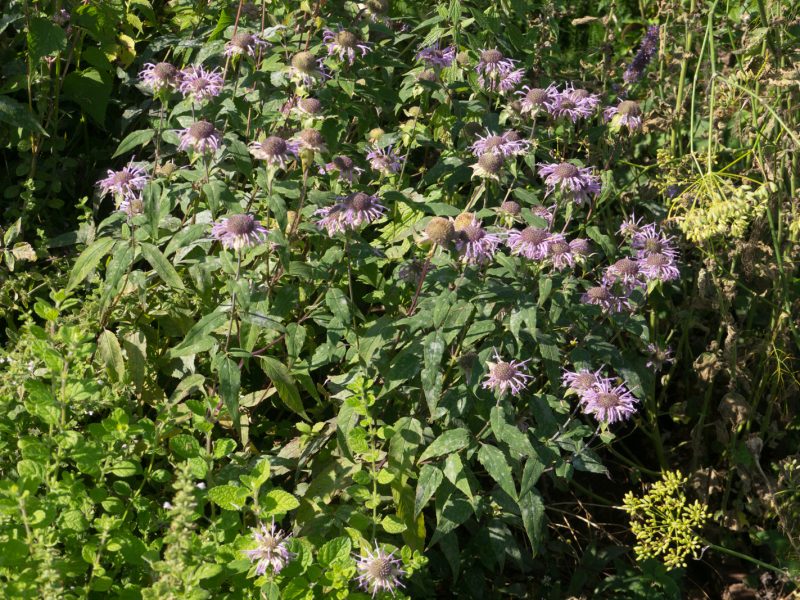
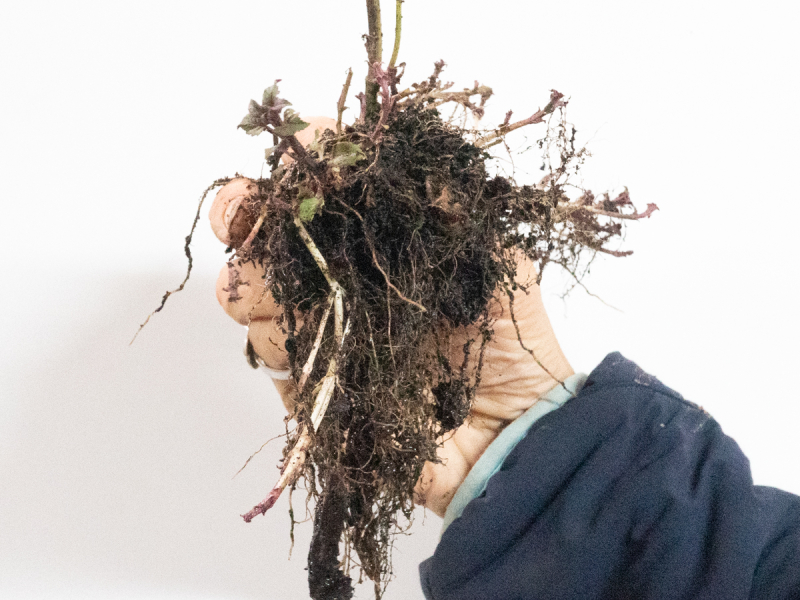







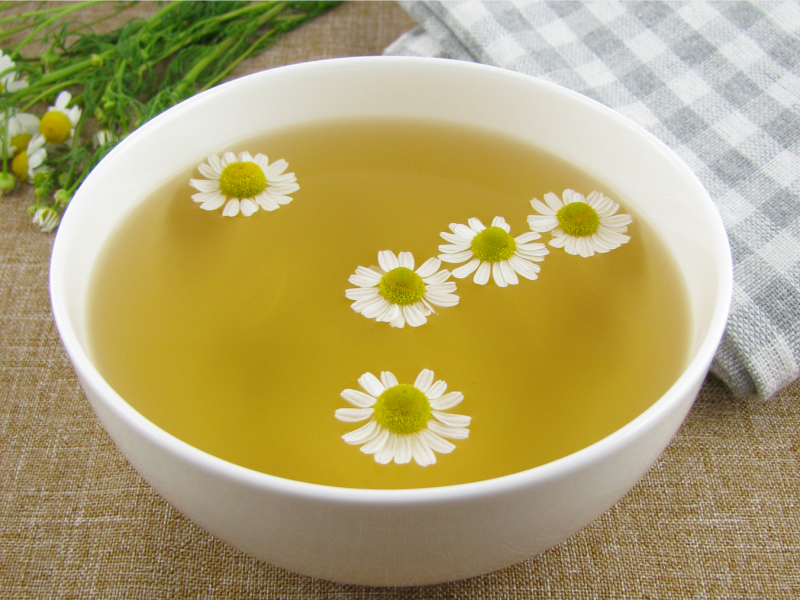
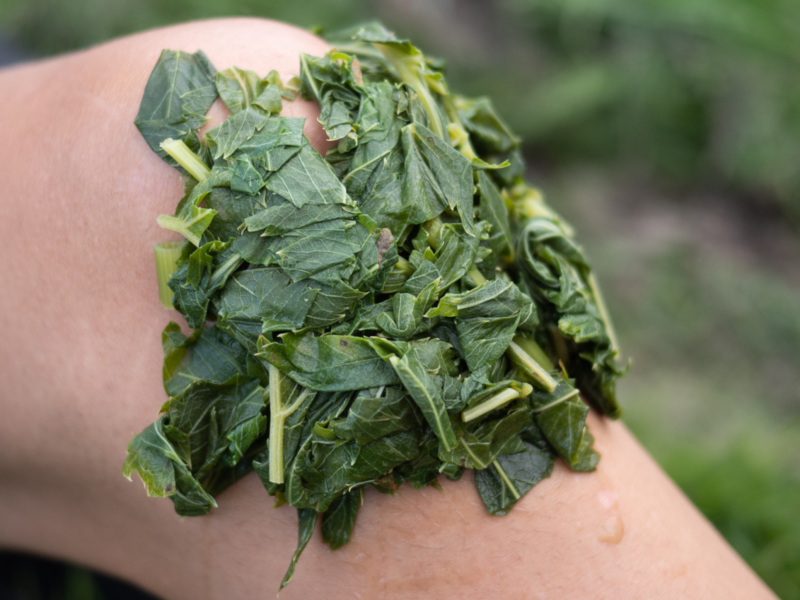

Reviews
There are no reviews yet.